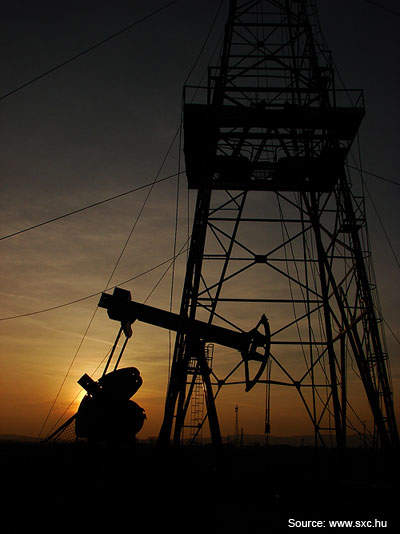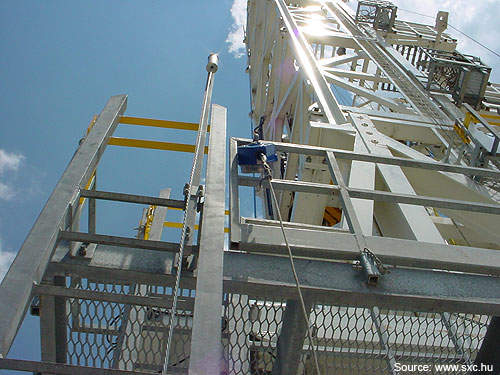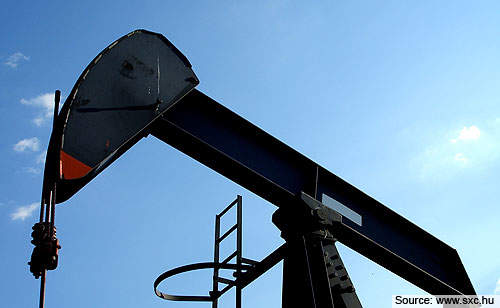Athena is an abandoned oilfield located in UK Continental Shelf block 14/18B in the central North Sea at a water depth of 130m. It is situated in the Outer Moray Firth area.
The operator of the field, Ithaca (22.5%) bought the licence in 2005 in partnership with Dyas UK (17.5%), EWE Energie (20%), Trap Oil (15%), Spike Exploration (15%) and Zeus Petroleum (10%).
Development drilling and fabrication began in January 2011, and the final production well was drilled and fully cased in June.
First production was achieved in May 2012 after the completion of a fifth development well and commissioning of the BW Athena floating production, storage and offloading (FPSO) vessel. Ithaca terminated production from the Athena field in January 2016, due to a decline in oil output.
Discovery and geology
Athena was discovered in 1991. A total of ten exploration wells have been drilled in the block since 1978.
The reservoir is characterised by lower cretaceous upper leek sandstone within the Scapa unit. Overlying Scapa shelves seal and trap the sandstone to the north-west and north-east.
Oil reserves
After acquiring the block licence, the partners drilled four appraisal wells (14/18b-15A, 14/18b-17z, 14/18-16 and 14/18b-18) to assess the reservoir potential.
Proved and probable reserves were estimated to be 24.4 million barrels. Recoverable oil reserves were estimated in the range of 9.6 million to 15.7 million barrels assuming field life of 3.5 to 4.5 years. The estimate was based on the plan of drilling four production wells and a water-injection well.
If two more production wells and a second water-injection well are drilled, then the recoverable reserves would be approximately 31.8 million barrels, assuming a field life of 10.5 years. The oil is of approximately 25° API. The reservoir characteristics and reserves were evaluated by Sproule International.
Athena field development
Athena was developed as a subsea tieback to FPSO BW Carmen. The field development plan was approved by the Department of Energy and Climate Change in September 2010.
The development plan includes the drilling of six production wells and two water-injection wells. Four production wells and one water-injection well were drilled initially. Depending on the field performance and water requirement, two new production wells and one water-injection well will also be drilled.
Four production wells were drilled by re-entering the four appraisal wells drilled and suspended previously. Of these, wells 15A, 16 and 18 were re-entered initially while appraisal well 17z was re-entered later either as a production well or as a water-injection well. The conversion to production wells was made by using downhole pumps.
Ithaca Energy conducted an environmental impact assessment for the project with assistance from Hartley Anderson.
Drilling Athena
The anchored semi-submersible drilling rig Sedco 704 was used to conduct development drilling at the Athena field. The rig is owned by Applied Drilling Technology International, which is also providing drilling management services at the field.
Ithaca began drilling the first appraisal well at the field in September 2006. The second appraisal well, 14/18b-16, was spudded in September 2007 and completed in October 2007. The drilling was to be carried out by the rig Byford Dolphin, but it was not available due to operational delays. Ithaca contracted the Senergy-owned Stena Spey rig in August 2007.
Ithaca drilled the third appraisal well 14/18-17 using the Byford Dolphin rig in March 2008. The fourth appraisal well, 14/18b-18, was completed in July 2008 using Stena Spey.
Athena FPSO
BW Carmen is the FPSO that was used for the development of the Athena field. The FPSO was mobilised 2km south-west of the drill location. The FPSO owner, BW Offshore, operated the vessel at the field on behalf of Ithaca.
BW Carmen has an eight-point mooring system. It has eight cargo tanks to store crude oil and also has facilities for fluid processing. It can offload crude at a rate of 1,160t per hour.
The vessel was upgraded at a Dubai shipyard before being relocated to the Athena field. The upgrades included extending the vessel by 20m to accommodate a new submerged turret production system, adding a new water-injection module and installing the gas turbine generator Solar Taurus 60.
After the upgrades, the vessel was renamed BW Athena. Installation of all topsides equipment was completed in September 2011 and the FPSO was fully commissioned in 2012. The BW Athena FPSO was demobilised from the field as production from the Athena oilfield ceased in January 2016.
Athena subsea system
The subsea system includes a 2km subsea cable of a 0.7m diameter laid on the surface of the seabed. A riser connected the FPSO to the seabed production platform and water injection wells. An 8in flow-line carried the production to the FPSO.
The subsea equipment has a designed life of 15 years.
Production
The initial production was approximately 22,000 barrels of oil per day. Electrical pumps lift oil from the production wells. Water produced from the reservoir was reinjected into the water injection well. Associated gas was used to generate power on the FPSO.
Export
Tandem shuttle tankers exported the oil produced at Athena to the Nigg oil terminal. Production rates at the Nigg oil terminal have been declining over time and the Athena field development countered this fall.
Contractors involved with Athena field
BW Offshore was contracted in September 2010 to provide the FPSO for three to eight years. The contract was valued at $450m-$500m. The contract for the installation of the FPSO mooring system and subsea equipment was awarded to Bibby Offshore in December 2010.






